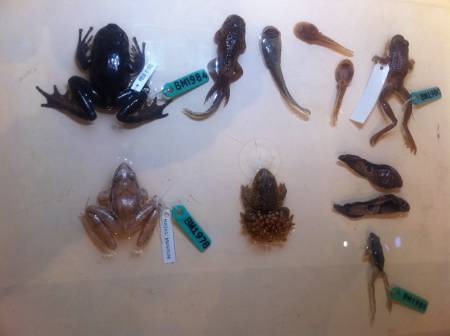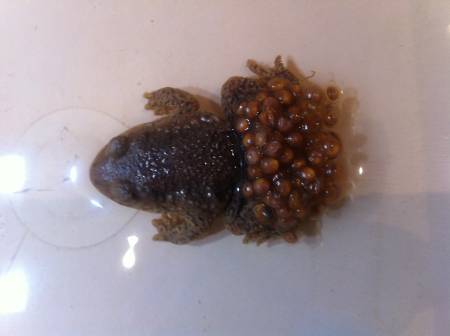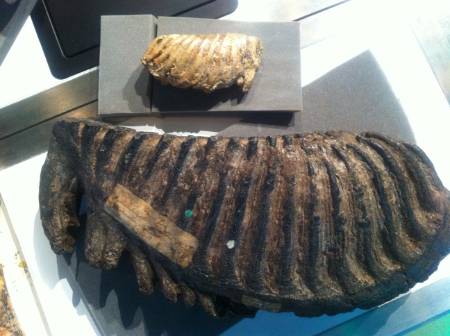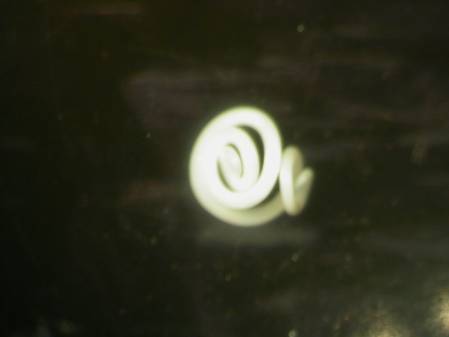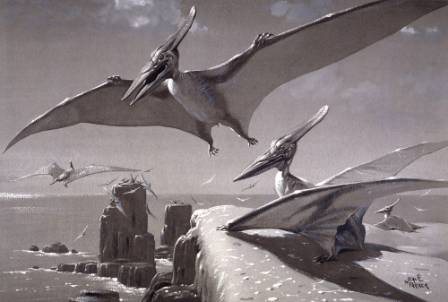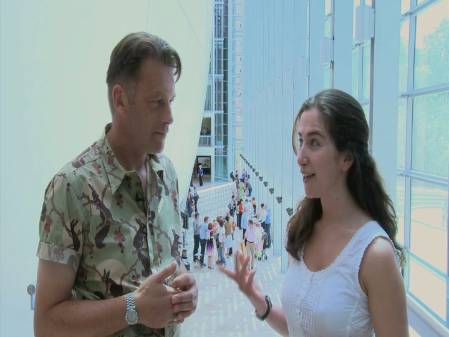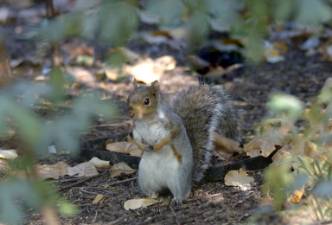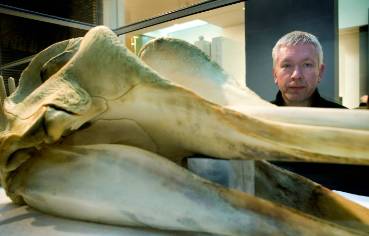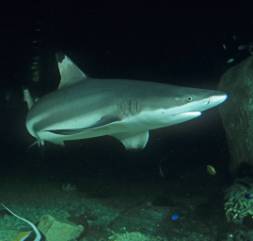Small maggoty larvae eating their way through the caterpillar. Yuck! But that was what happened in Nature Live last Saturday, and we caught it on camera for your..err..enjoyment?
Gavin Broad, who works in the Entomology Department, came along to open our eyes to the gruesome world of parisitoid wasps. These amazing organisms lay their eggs on or in other insects, and when the larvae emerge from the eggs they feed on their host, chomping their way through the fatty flesh of a caterpillar, or sucking away at the liquid haemolymph of a spider. And all the while they do this, the insect they are feeding on is still alive! It can get even worse for the victims of some parasitoids, as they can also release chemicals into the victim to change its behaviour. The difference between a parasite, which draws its nourishment from a host, and harms but does not kill it, is that parasitoids do eventually kill their hosts, by literally eating them alive.
They are am amazingly abundant group of organisms, and there are thousands to be found in the UK, literally in your back garden.
To show us just how abundant they are, Gavin brought along some Cabbage White caterpillars that had been munching their way through his prized cabages - one caterpillar was happily sitting on its cabbage leaf, though Gavin pointed out that it may well have little wasp larvae inside it. The second caterpillar was standing guard over a small collection of yellowish cocoons - these were the cocoons of the wasps, Gavin explained. The day before the event, the larvae had all emerged from the caterpillar, and clustered nearby, spinning themselves their protective wrappings in silk, inside which they were beginning the transformation into adult wasps. The caterpillar they came from was still alive, at least for a little while longer.
There were some brilliant questions from the audience, and no-one seemed to mind just how gory these things can be (don't worry - there are no parasitoids of humans!) but it got even more disgusting when caterpillar number one, which had seemed okay all through the event, suddenly and all at once sprouted dozens of tiny larvae, which burrowed their way out of its side...on their way to freedom! Not so great for the caterpillar, but a great way of keeping down the numbers of them on your cabbages.



